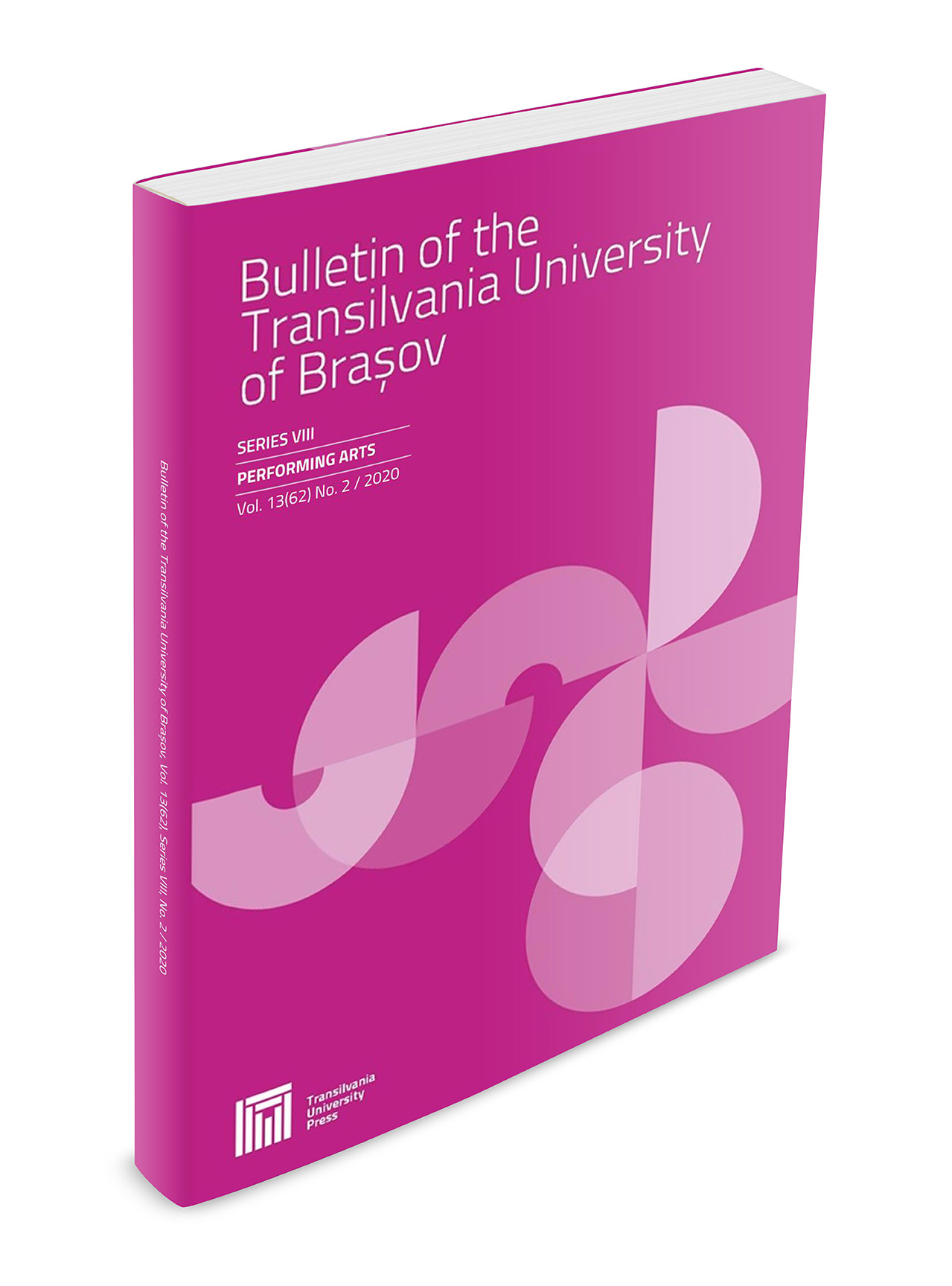Spectral Analysis in Music and its Implications in Music Therapy Studies (Therapy through Music)
Keywords:
Doru Ursutiu, music therapy, fractal analysis, spectral characteristics of sound, receptionAbstract
Music therapy probably is among the oldest and most unsystematic disciplines or practices. Therapeutic practices are old ever since Orpheus tried to tame or heal the fallen Creation (Genesis) with his song. Today, music therapy has still remained an exploratory field of uncertainties, although some systematic results have been profiled. In the horizon of these explorations, eclecticism cannot be bypassed, as any practice sends us back to the depths of social and individual psychism. I’ll mention some known practices, with a plus of clarity; I connect the therapeutic issue to the composing act, especially for Classicist music. It seems alarming to me and I mention that the effects expected from music therapy grow ever feebler under the circumstances of artistic and non-artistic sound pollution, which troubles and alienates the normal edifice of present-day man’s psychogenesis. I also underline that the essence of music therapy is the transfer (mutation) between interchangeable psychical dominants. Today’s successes in music therapy envisaging some music genres from the pre-Classicist and Classicist epoch (see the “Mozart” effect) are also due to spectral analysis, namely to low-frequency spectra, to the discovery of the distribution of 1/f sound frequency, naturally contained in certain sound manifestations of music.Downloads
Published
Issue
Section
License
Copyright (c) 2013 Bulletin of the Transilvania University of Braşov. Series VIII: Performing Arts

This work is licensed under a Creative Commons Attribution 4.0 International License.




